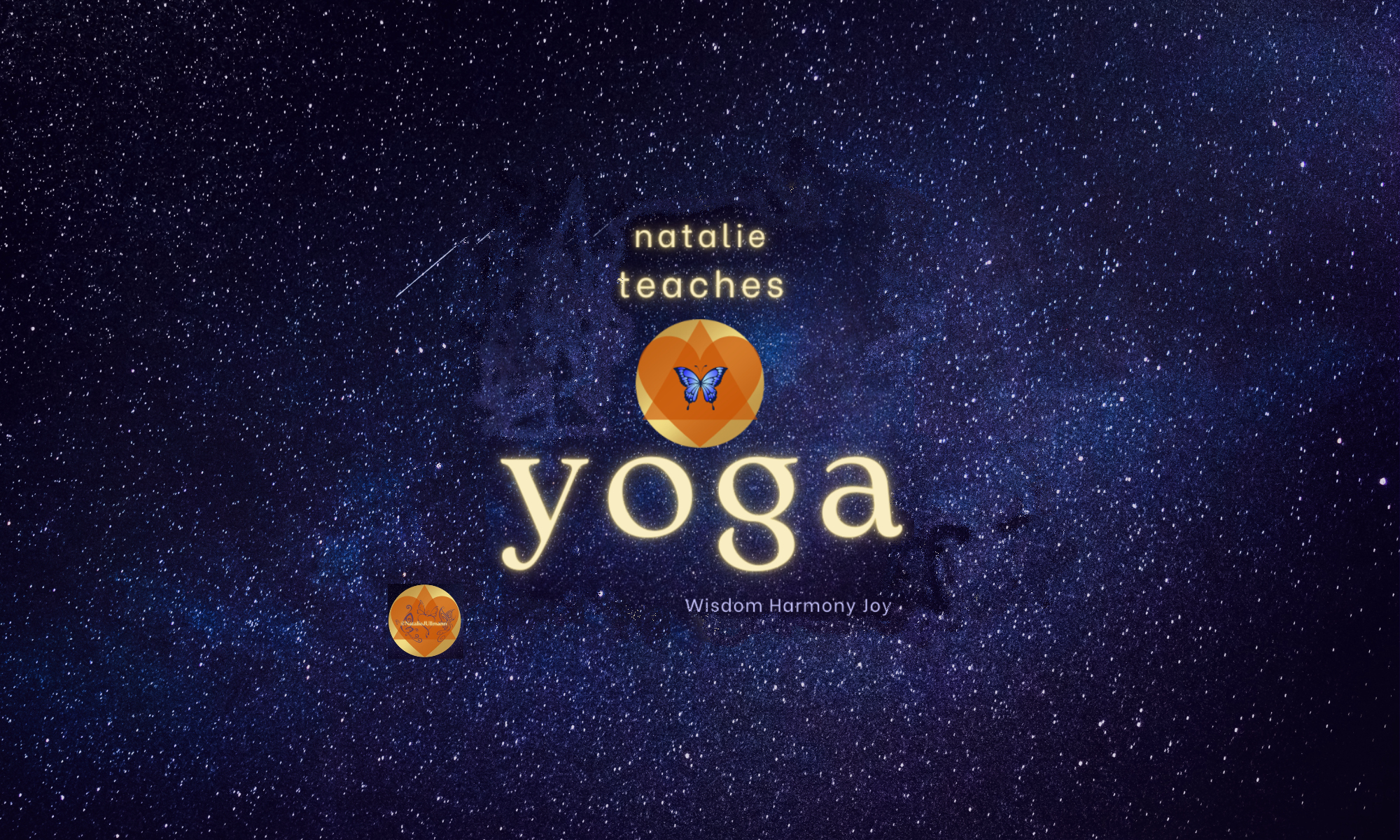A long time ago when I began to practice yoga vinyasa, one day during practice this thought arose ….this must have something to do with surfing…that riding of the waves of breath and movement. I sensed, that there was some common element physically. I found out soon there after that the first “landing” of yoga vinyasa in America was in the surfing communities of Hawaii and California. The connection between the two disciplines, I felt, must have been mula bandha. Mula bandha is a physical lift of the pelvic floor which allows one to balance while moving. Esoterically mula bandha is associated with the practice of inner alignment, to direct one’s energy towards the highest possible levels of mystical consciousness. It is a practice which leads to tremendous clarity. We don’t need to go into deep resonance with the sacred to know this, if you’ve even done a few rounds of sun salutation, you know that clarity emerges quickly with such a practice. While there is a physical component of mula bandha, the activation of it on the level of consciousness is achieved only through intention. The physical activation of the pelvic floor wakes the energy up. The direction of our focus will determine where the energy goes. There is no right or wrong about the directing of energy, but it’s good to know that our results will very much be determined by the direction of the energy. In true vinyasa fashion this idea is circular, our intention . will determine our focus which will determine the direction of the energy which will then create a result which will influence our intention and so forth. The most important moment In our yoga practice is the moment we override inertia and consciously go about choosing a direction.
In the classical schools the only intention considered potent enough to activate the bandha was desire to know God. The aspirant would begin each practice bowing down to God and the Guru who represented God in form. In America this intention became softened somewhat to offering the good of our practice to others, a classic Buddhist practice. The energetic result is the same because the energy is directed towards something beyond our personal needs. It’s uplifted. In recent years in America the practice of intention has shifted again, now to honoring ourselves and good self care. Good self care is essential to a yoga practice, but as an intention it can keep you anchored in what you need, rather than your most illumined potential. Following Patanjali’s formula we know that what we focus on grows. We don’t want our needs to grow. The heart of the yoga practice is to transcend our needs and fulfill our potential (hence the complex landscape of renunciation practices which have historically defined the practice). Deprivation is undesirable and not effective. But to direct our intention higher than our needs is to uplevel our capacity for living. But even this requires some conscious consideration. We need to be aware of what we are intending.
To offer oneself as a vehicle for the divine may result in a role where you are the deliverer of blessings hard truths. An important, but not always fun role. An intention to serve may yield gracious and elegant opportunities to serve others, but you may have to deal with constraints on your self expression or ability to make decisions. To intend to know true compassion may inspire you to give away your last dollar. To intend to align with the most magnificent and expanded vision of your divine sacred infused snowflake self (no two are alike you know) well….that may lead you on your own magnificent divine journey which may include being compassionate in your own unique snowflake way. It’s nothing we need to fear. The point is to be awake and clear in the creative opportunity that Vinyasa presents. Vinyasa, broken down into it’s parts is to place on purpose. To place a purposeful intention at the beginning of our practice and then to consciously observe our ability to focus as the moments arise and fall in the practice is to take ownership of the power of asana in a whole new way. Intending a practice is frequently invoked in yoga class, which is good. Then it is up to us to discern the best way to use that opportunity.
(c)natalieullmann

